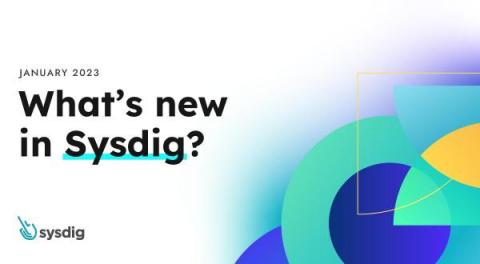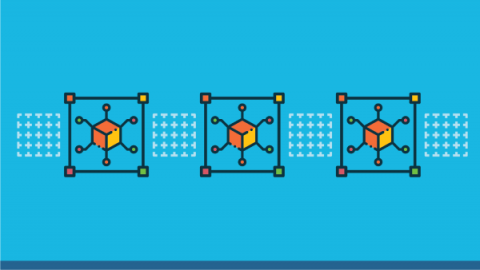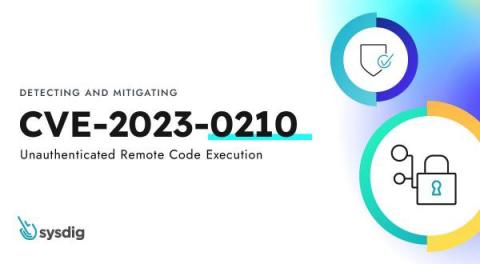What's New in Sysdig - January 2023
This month, Sysdig Secure brings the General Availability of our Host Scanning & CSPM Compliance features. Other changes include Host Vulnerability Reporting, IaC Scanning of Terraform in AWS, and more! Our SDK, CLI, and tools have had several updates and improvements as well.











